DL-Lysine

DL-Lysine structure
|
Common Name | DL-Lysine | ||
|---|---|---|---|---|
| CAS Number | 70-54-2 | Molecular Weight | 146.188 | |
| Density | 1.1±0.1 g/cm3 | Boiling Point | 311.5±32.0 °C at 760 mmHg | |
| Molecular Formula | C6H14N2O2 | Melting Point | 170ºC (dec.) | |
| MSDS | USA | Flash Point | 142.2±25.1 °C | |
Use of DL-LysineDL-Lysine (Lysine) is an α-amino acid that is used in the biosynthesis of proteins. |
| Name | lysine |
|---|---|
| Synonym | More Synonyms |
| Description | DL-Lysine (Lysine) is an α-amino acid that is used in the biosynthesis of proteins. |
|---|---|
| Related Catalog | |
| Target |
Km: 100-400 μM (amino acid transporter b0,+)[1] |
| In Vitro | DL-Lysine (Lys) is a high affinity, basic amino acid substrate for amino acid transporter b0,+ with Km value ranging from 100-400 μM[1]. |
| References |
| Density | 1.1±0.1 g/cm3 |
|---|---|
| Boiling Point | 311.5±32.0 °C at 760 mmHg |
| Melting Point | 170ºC (dec.) |
| Molecular Formula | C6H14N2O2 |
| Molecular Weight | 146.188 |
| Flash Point | 142.2±25.1 °C |
| Exact Mass | 146.105530 |
| PSA | 89.34000 |
| LogP | -1.04 |
| Vapour Pressure | 0.0±1.4 mmHg at 25°C |
| Index of Refraction | 1.503 |
| InChIKey | KDXKERNSBIXSRK-UHFFFAOYSA-N |
| SMILES | NCCCCC(N)C(=O)O |
Synonym:None known Section 2 - COMPOSITION, INFORMATION ON INGREDIENTS
Risk Phrases: None Listed. Section 3 - HAZARDS IDENTIFICATION EMERGENCY OVERVIEW
The toxicological properties of this material have not been fully investigated. Potential Health Effects Eye: May cause eye irritation. Skin: May cause skin irritation. Ingestion: May cause irritation of the digestive tract. The toxicological properties of this substance have not been fully investigated. Inhalation: May cause respiratory tract irritation. The toxicological properties of this substance have not been fully investigated. Chronic: No information found. Section 4 - FIRST AID MEASURES Eyes: Flush eyes with plenty of water for at least 15 minutes, occasionally lifting the upper and lower eyelids. Get medical aid. Skin: Get medical aid. Flush skin with plenty of water for at least 15 minutes while removing contaminated clothing and shoes. Wash clothing before reuse. Ingestion: Never give anything by mouth to an unconscious person. Get medical aid. Do NOT induce vomiting. If conscious and alert, rinse mouth and drink 2-4 cupfuls of milk or water. Inhalation: Remove from exposure and move to fresh air immediately. If not breathing, give artificial respiration. If breathing is difficult, give oxygen. Get medical aid. Notes to Physician: Section 5 - FIRE FIGHTING MEASURES General Information: As in any fire, wear a self-contained breathing apparatus in pressure-demand, MSHA/NIOSH (approved or equivalent), and full protective gear. During a fire, irritating and highly toxic gases may be generated by thermal decomposition or combustion. Non-combustible, substance itself does not burn but may decompose upon heating to produce irritating, corrosive and/or toxic fumes. Extinguishing Media: Substance is noncombustible; use agent most appropriate to extinguish surrounding fire. Use water spray, dry chemical, carbon dioxide, or appropriate foam. Section 6 - ACCIDENTAL RELEASE MEASURES General Information: Use proper personal protective equipment as indicated in Section 8. Spills/Leaks: Vacuum or sweep up material and place into a suitable disposal container. Clean up spills immediately, observing precautions in the Protective Equipment section. Avoid generating dusty conditions. Provide ventilation. Section 7 - HANDLING and STORAGE Handling: Wash thoroughly after handling. Use with adequate ventilation. Minimize dust generation and accumulation. Avoid contact with eyes, skin, and clothing. Keep container tightly closed. Storage: Store in a tightly closed container. Store in a cool, dry, well-ventilated area away from incompatible substances. Section 8 - EXPOSURE CONTROLS, PERSONAL PROTECTION Engineering Controls: Facilities storing or utilizing this material should be equipped with an eyewash facility and a safety shower. Use adequate ventilation to keep airborne concentrations low. Exposure Limits CAS# 70-54-2: Personal Protective Equipment Eyes: Wear appropriate protective eyeglasses or chemical safety goggles as described by OSHA's eye and face protection regulations in 29 CFR 1910.133 or European Standard EN166. Skin: Wear appropriate protective gloves to prevent skin exposure. Clothing: Wear appropriate protective clothing to prevent skin exposure. Respirators: A respiratory protection program that meets OSHA's 29 CFR 1910.134 and ANSI Z88.2 requirements or European Standard EN 149 must be followed whenever workplace conditions warrant respirator use. Section 9 - PHYSICAL AND CHEMICAL PROPERTIES Physical State: Solid Color: white Odor: none reported pH: Not available. Vapor Pressure: Not available. Viscosity: Not available. Boiling Point: Not available. Freezing/Melting Point: 170 deg C Autoignition Temperature: Not applicable. Flash Point: Not applicable. Explosion Limits, lower: Not available. Explosion Limits, upper: Not available. Decomposition Temperature: > 170 deg C Solubility in water: Specific Gravity/Density: Molecular Formula: C6H14N2O2 Molecular Weight: 146.19 Section 10 - STABILITY AND REACTIVITY Chemical Stability: Stable under normal temperatures and pressures. Conditions to Avoid: Incompatible materials, dust generation, excess heat. Incompatibilities with Other Materials: Oxidizing agents. Hazardous Decomposition Products: Nitrogen oxides, carbon monoxide, irritating and toxic fumes and gases, carbon dioxide. Hazardous Polymerization: Has not been reported Section 11 - TOXICOLOGICAL INFORMATION RTECS#: CAS# 70-54-2 unlisted. LD50/LC50: Not available. Carcinogenicity: DL-Lysine - Not listed by ACGIH, IARC, or NTP. Section 12 - ECOLOGICAL INFORMATION Section 13 - DISPOSAL CONSIDERATIONS Dispose of in a manner consistent with federal, state, and local regulations. Section 14 - TRANSPORT INFORMATION IATA Not regulated as a hazardous material. IMO Not regulated as a hazardous material. RID/ADR Shipping Name: Not regulated. Hazard Class: UN Number: Packing group: Section 15 - REGULATORY INFORMATION European/International Regulations European Labeling in Accordance with EC Directives Hazard Symbols: Not available. Risk Phrases: Safety Phrases: S 24/25 Avoid contact with skin and eyes. S 28A After contact with skin, wash immediately with plenty of water. S 37 Wear suitable gloves. S 45 In case of accident or if you feel unwell, seek medical advice immediately (show the label where possible). WGK (Water Danger/Protection) CAS# 70-54-2: 0 Canada None of the chemicals in this product are listed on the DSL/NDSL list. CAS# 70-54-2 is not listed on Canada's Ingredient Disclosure List. US FEDERAL TSCA CAS# 70-54-2 is not listed on the TSCA inventory. It is for research and development use only. SECTION 16 - ADDITIONAL INFORMATION N/A |
| Personal Protective Equipment | Eyeshields;Gloves;type N95 (US);type P1 (EN143) respirator filter |
|---|---|
| Hazard Codes | T+:Very toxic |
| Safety Phrases | S1-S28-S45 |
| RIDADR | NONH for all modes of transport |
| WGK Germany | 3 |
| HS Code | 2922411000 |
| Precursor 10 | |
|---|---|
| DownStream 10 | |
| HS Code | 2922411000 |
|---|---|
| Summary | HS: 2922411000. 2,6-diaminohexanoic acid. VAT:17.0%. tax rebate rate:9.0%. supervision conditions:ab(certificate of inspection for goods inward,certificate of inspection for goods outward). MFN tarrif:5.0%. general tariff:20.0% |
|
The protein phosphatase Siw14 controls caffeine-induced nuclear localization and phosphorylation of Gln3 via the type 2A protein phosphatases Pph21 and Pph22 in Saccharomyces cerevisiae.
J. Biochem. 157(1) , 53-64, (2015) The Saccharomyces cerevisiae Siw14, a tyrosine phosphatase involved in the response to caffeine, participates in regulation of the phosphorylation and intracellular localization of Gln3, a GATA transc... |
|
|
Functional study of the Hap4-like genes suggests that the key regulators of carbon metabolism HAP4 and oxidative stress response YAP1 in yeast diverged from a common ancestor.
PLoS ONE 9(12) , e112263, (2014) The transcriptional regulator HAP4, induced by respiratory substrates, is involved in the balance between fermentation and respiration in S. cerevisiae. We identified putative orthologues of the Hap4 ... |
|
|
The tyrosine phosphatase PTPN14 (Pez) inhibits metastasis by altering protein trafficking.
Sci. Signal. 8(364) , ra18, (2015) Factors secreted by tumor cells shape the local microenvironment to promote invasion and metastasis, as well as condition the premetastatic niche to enable secondary-site colonization and growth. In a... |
| Lysine, DL- |
| MFCD00064432 |
| (±)-Lysine |
| Lys |
| H-DL-Lys-OH |
| EINECS 200-740-6 |
| [1R-(2-endo,3-exo)]-8-Methyl-3-phenyl-8-azabicyclo[3.2.1]octane-2-carboxylic Acid Methyl Ester |
| (±)-2,6-Diaminohexanoic Acid |
| DL-Lysine |
| LYSINE (DL) |
| DL-α,ε-Diaminocaproic Acid |
| Benzonitrile,2,6-diamino |
| Lysine |
| H-Lys-OH |
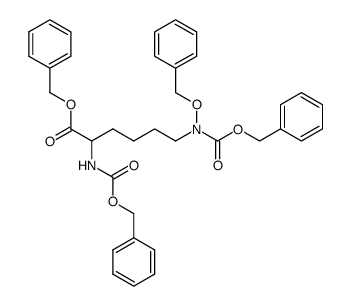 CAS#:81505-57-9
CAS#:81505-57-9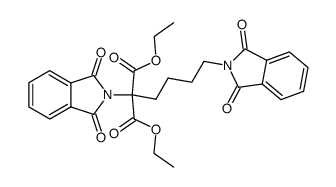 CAS#:86088-67-7
CAS#:86088-67-7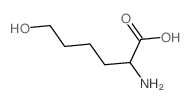 CAS#:5462-80-6
CAS#:5462-80-6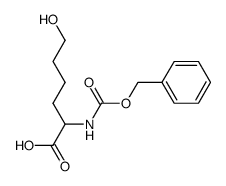 CAS#:32245-65-1
CAS#:32245-65-1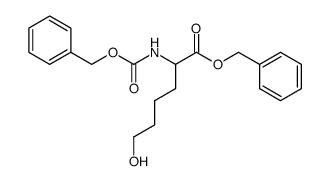 CAS#:81505-48-8
CAS#:81505-48-8 CAS#:60644-15-7
CAS#:60644-15-7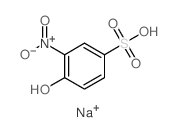 CAS#:6313-34-4
CAS#:6313-34-4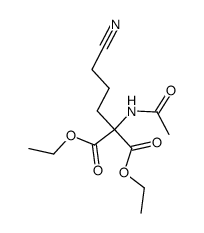 CAS#:71264-11-4
CAS#:71264-11-4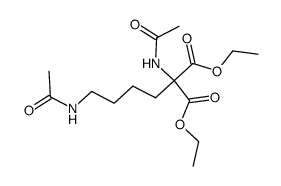 CAS#:412033-98-8
CAS#:412033-98-8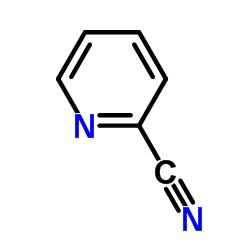 CAS#:100-70-9
CAS#:100-70-9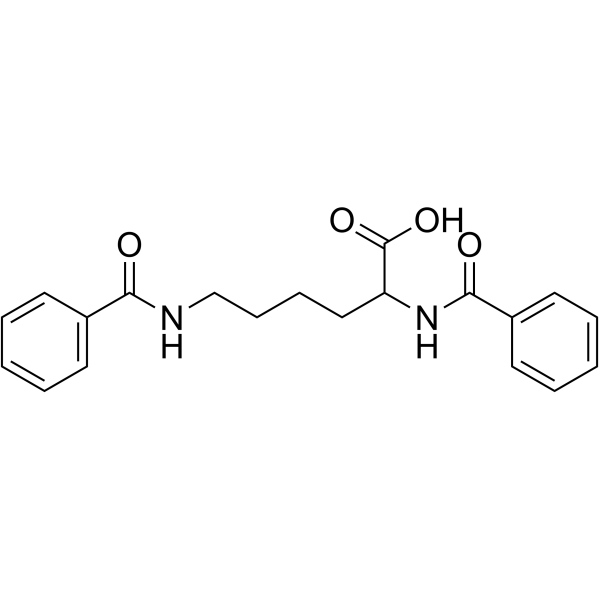 CAS#:32513-92-1
CAS#:32513-92-1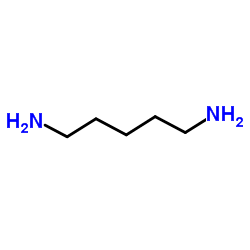 CAS#:462-94-2
CAS#:462-94-2 CAS#:110-94-1
CAS#:110-94-1 CAS#:923-27-3
CAS#:923-27-3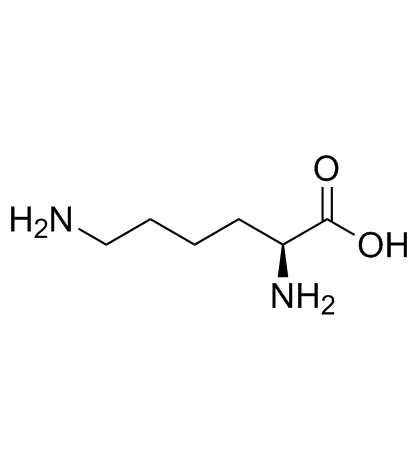 CAS#:56-87-1
CAS#:56-87-1 CAS#:2756-89-0
CAS#:2756-89-0 CAS#:55592-85-3
CAS#:55592-85-3 CAS#:7200-25-1
CAS#:7200-25-1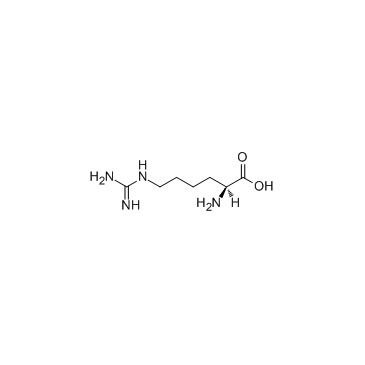 CAS#:156-86-5
CAS#:156-86-5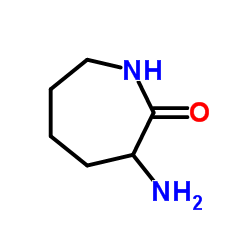 CAS#:17929-90-7
CAS#:17929-90-7
